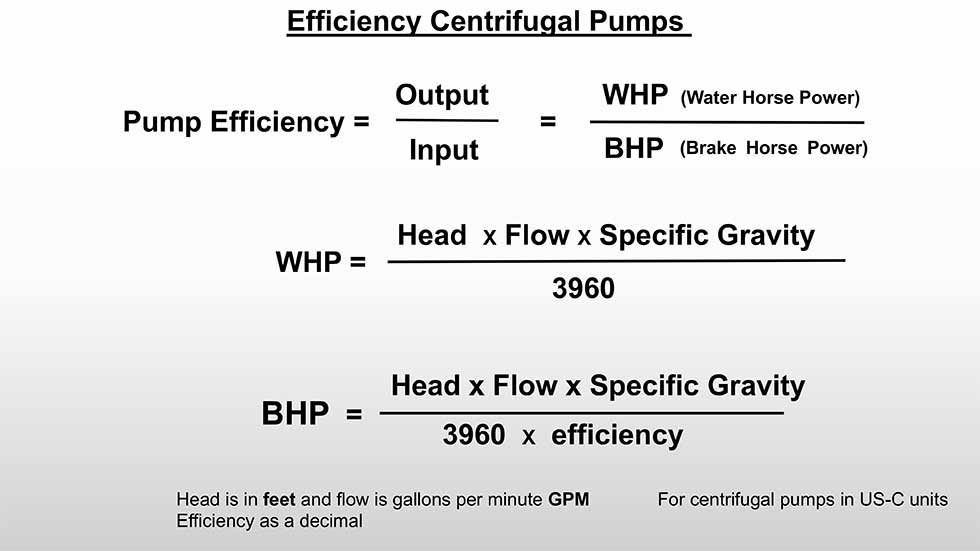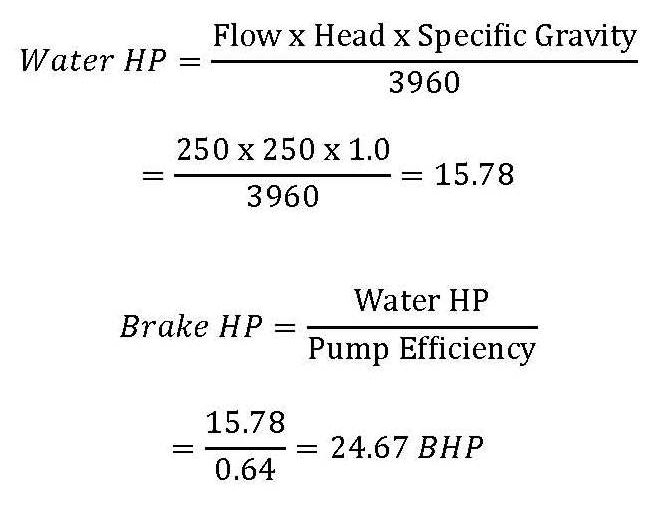If you’re like most people, you probably don’t really understand the concept of pump efficiency. In fact, you might even be a little bit confused about what it actually means. So, in this article, we’re going to try to shed some light on the topic and answer some of your questions – like what exactly is 367 in pump efficiency, and why is it so important?
What is pump efficiency?
Pump efficiency is the percentage of power that is transferred from the engine to the pump while the pump is operating.
Pump efficiency is one of the most important factors when it comes to improving fuel economy in a car. When a car’s engine is working harder to push fuel into the engine, it wasted energy in the form of heat and noise. Pump efficiency can help to reduce these costs by transferring more power from the engine to the pump.
There are many different factors that affect pump efficiency. These include the design of the pump, the type of fuel being pumped, and the engine layout. It is important to have a properly designed and functioning pump if you want to achieve high fuel economy ratings.
How to improve pump efficiency?
There are several ways to improve pump efficiency. The most common way to improve pump efficiency is to replace old, inefficient pumps with new, more efficient pumps.
Another way to improve pump efficiency is to adjust the speed of the pump. By adjusting the speed of the pump, you can ensure that it operates at its peak efficiency.
Finally, you can also improve pump efficiency by using proper fluids and filters. By using proper fluids and filters, you can reduce the amount of energy that is wasted in the process of pumping water.

What is the standard for pump efficiency?
There is no one standard for pump efficiency, as it depends on the particular application. In general, however, pump efficiency is defined as the percentage of energy that is converted into work done by the pump.
Pump efficiency is important because it affects the overall performance of a pumping system. Pumping systems that are inefficient will waste energy and reduce the efficiency of the plant. In addition, inefficient pumps can also cause damage to equipment and environment. By using an efficient pump, you can ensure that your pumping system operates at its best and protects both your equipment and environment.
Pump Efficiency and the 3 Laws of Power
Pump efficiency is the ability of a pump to convert mechanical energy into work. In other words, it is the ratio of motor power to pumping speed.
The three laws of power can help to improve your pump efficiency. The first law states that the power output is inversely proportional to the speed of rotation. The second law states that the power output is inversely proportional to the square of the rotational speed. The third law states that the power output is directly proportional to the impeller speed.
There are many factors that can affect pump efficiency, including gear selection, shaft size, and impeller type. By understanding these laws and using them to improve your pump efficiency, you can save energy and improve your equipment performance.
Pump efficiency is a measure of the energy output of a pump
Pump efficiency is a measure of the energy output of a pump. It is defined as the ratio of the wattage delivered to the energy input used to power the pump. This is important because it allows you to compare different pumps and choose the one that delivers the most energy with the least amount of input.
There are several factors that affect pump efficiency. These include the type of pump, its size, and its operating conditions. For example, a larger pump will have more surface area and will be able to move more fluid with each turn of its blades. This means that it will require less energy to operate than a smaller pump.
Another factor that affects pump efficiency is operating conditions. For example, a pump that is operating in cold weather will require more energy to operate than one that is operating in warm weather. In cold weather, the air inside the engine must be heated up before it can be compressed and blown into the engine. This requires more energy than in warm weather, which explains why pumps are more efficient in cold weather.
Why We Need a Higher Pump Efficiency
There are a number of reasons why we need a higher pump efficiency.
One reason is that a higher pump efficiency would help us to save energy. When we use energy to pump water, we’re using it to do something that could be done more efficiently with less energy. A higher pump efficiency would also reduce our reliance on imported oil, which is an important factor in the current global economy.
A higher pump efficiency also has environmental benefits. Pumping water consumes a lot of energy, and if we could increase the efficiency of our pumps, we could reduce the amount of energy that we use overall. This would lower our carbon footprint and improve our environmental conscience.
Ultimately, a higher pump efficiency would lead to greater sustainability and prosperity for everyone involved in the water cycle.

What does it mean to have a pump efficiency of 367?
A pump efficiency of 367 indicates that the pump is working at 367% of its maximum capacity. This means that the pump can move more liquid than it would if it were operating at its full capacity.
A pump’s efficiency is important because it affects how efficiently the pump can move liquid. If the pump is inefficient, it will struggle to move a fluid as quickly as possible. This can cause problems with flow and circulation, and it could also lead to damage to the pump.
Pumps with a high pump efficiency are especially important because they are used in medical devices such as heart pumps and kidney machines. These pumps need to be able to move large amounts of fluid quickly and efficiently, so having a high pump efficiency is critical.
What are the benefits of achieving 367 in pump efficiency?
There are many benefits to achieving 367 in pump efficiency. Here are a few of the most notable benefits:
1. You will reduce your gas and oil usage.
2. You will reduce your emissions.
3. You will improve your fuel economy.
4. You will improve your engine performance.
5. You will reduce the amount of oil that is required to operate your engine.
6. You will reduce wear and tear on your engine components.
7. You will improve your overall emissions reduction performance.
8. You will help keep your engine running cooler and more efficiently over time
Conclusion
In this article, we will explore what 367 in pump efficiency is and how it can benefit your vehicle. 367 degrees Fahrenheit is the temperature at which gasoline expands and becomes combustible. This value was developed by engineers to optimize engine performance and emissions. By understanding what 367 in pump efficiency means for your car, you can make better decisions when filling up your tank or trying to troubleshoot a gas issue.
What is 367 in pump efficiency,please click topkitparts see more

